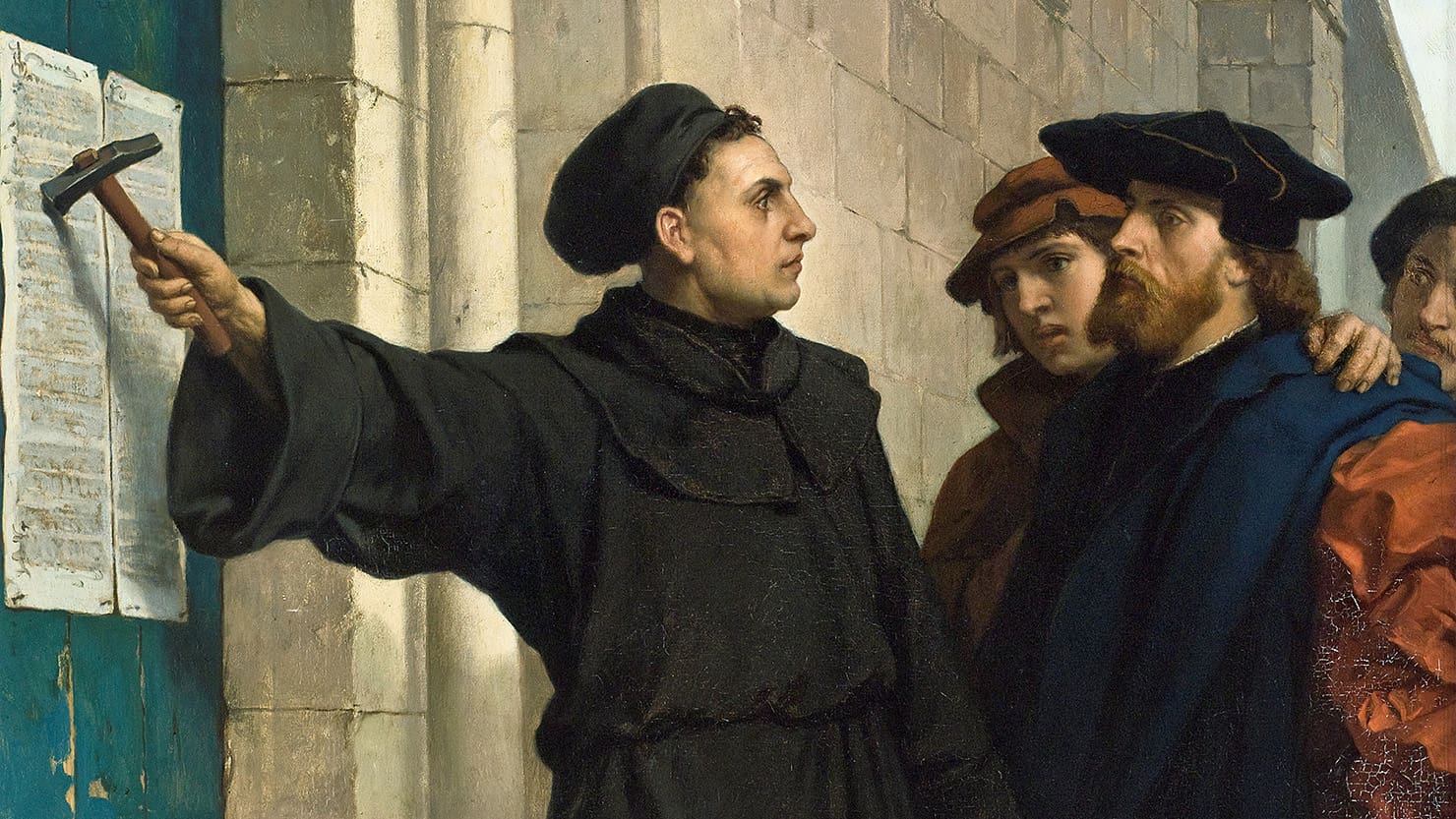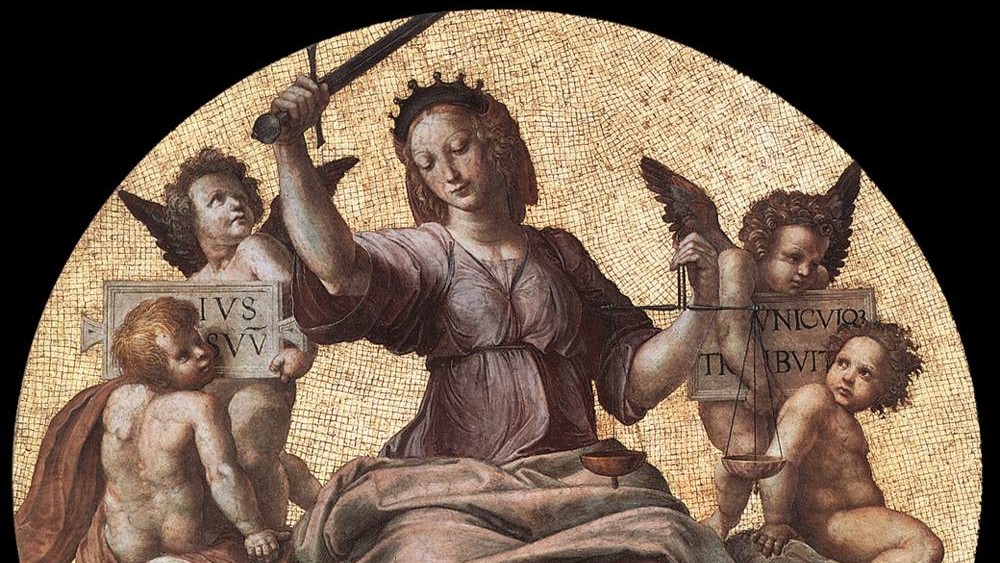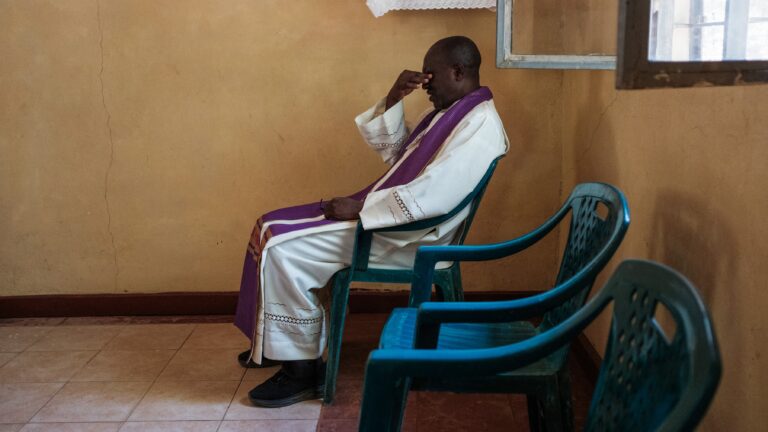While in the Western world many look forward with excitement to Halloween, when they carve pumpkins, don spooky costumes and throw horror-themed parties, Protestants in Hungary and in many countries around the world celebrate something very different and very differently on 31 October: Reformation Day.
As many of our readers are probably aware, it was on the Eve of All Saints, on the last day of October, that Martin Luther, a German Augustinian monk, nailed his 95 theses to the door of the Castle Church in Wittenberg in 1517. While the fermentation within the Catholic church started much earlier, and Luther himself had been struggling with and formulating his doubts about practices and teachings of the Church of the epoch for quite some time, his daring provocation on 31 October was definitely a watershed moment, and there was no going back from there: the road was paved for the Augsburg Confession and for the emergence of other Protestant denominations, reforming the faith and breaking away from Roman Catholicism.
The name Protestant was first applied at the Diet of Speyer in 1529, when the German Emperor Charles V abrogated the provision of the 1526 Diet of Speyer that had allowed each ruler to choose whether to enforce or not Edict of Worms, which banned Martin Luther’s writings and declared him a heretic. On 19 April 1529, a protest against this decision was read on behalf of 14 free cities of Germany and six Lutheran princes who declared that if forced to choose between obedience to God and obedience to Caesar, they must choose obedience to God. Those who made this protest became known as Protestants, and gradually all those who adhered to the tenets of the Reformation were also labelled with this word.[1]
In many ways,
Protestantism has been inextricably intertwined with Hungarian national consciousness and thirst for freedom.
(Although it must not be forgotten that Catholicism has also played a major identity-preserving role for the Csángós in Romania.) The Hungarian Protestant Bible translators made the Scripture accessible to Hungarians in their mother tongue, and also contributed to the development and preservation of the language. Practising Protestantism was also in defiance of the Catholic Habsburgs and Austria: Protestants were willing to suffer martyrdom rather than renounce their faith, as the fate of the Hungarian Protestant galley slaves demonstrates. Then, after Trianon, for many of those who found themselves outside of Hungary’s historical borders and were reduced to a minority group, being a Protestant and being Hungarian was virtually inseparable for decades. If nowhere else, Hungarians could pray and sing in Hungarian in their churches.
It was no accident that one of the leading figures of the Romanian Revolution was a Hungarian Reformed pastor, later Reformed Church Bishop and Fidesz MEP, László Tőkés. On the eve of the revolution of December 1989, Romanian Communist dictator Ceaușescu exercised a stranglehold on religious expression in Romania, including interference in all aspects of church life, physical intimidation, and increasing church demolitions. In the Western Romanian town of Temesvár (Timişoara), Reverend Tőkés preached to his fellow countrymen that
they should not obey the word of man (i.e. the dictatorship), but the word of God.
It took incredible courage to face the brutal Ceaușescu regime and to endure severe long-term persecution as a consequence. On 16 December 1989, ethnic Hungarians protesting the upcoming eviction of the pastor from his home, formed a live chain around the house, and then turned to town and attacked the headquarters of the Communist party. The Temesvár events, which quickly turned into a multi-ethnic, interdenominational revolt, soon triggered massive demonstrations countrywide, which toppled the Communist dictatorship by Christmas.
One of the most important mottos of Protestants to this day is Semper reformanda, an abbreviated version of an admonition attributed to 17th century Dutch Reformed Church pastor Jodocus van Lodenstein: Ecclesia reformata semper reformanda secundum verbi Dei, meaning ‘the church reformed is always [in need of] being reformed according to the Word of God.’ Semper reformanda calls on the Church and all believers to always renew the faith and focus back on God’s word: a message worth hearing.
[1] Britannica, ‘Origins of Protestantism’, Britannica.com, https://www.britannica.com/topic/Protestantism
Related articles:








